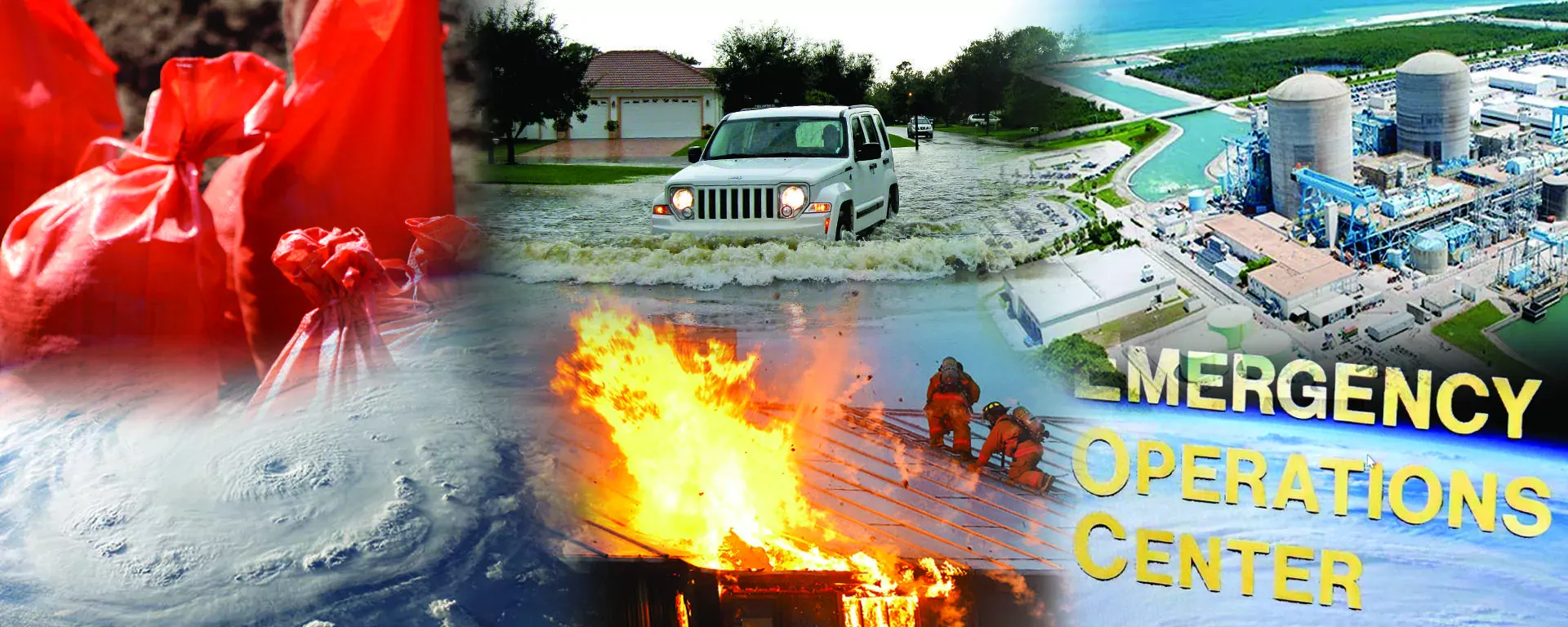2025 LMS Plan Update
Martin County and its jurisdictions are updating the Local Mitigation Strategy (LMS) Plan in 2025. Updates include reviewing and updating the hazards we are at risk of experiencing, including new mitigation projects that will reduce our vulnerability, and incorporating input from you!
Share Your Feedback
- Tell us your thoughts on the current plan and how it could be improved by emailing us at mcema@martin.fl.us. Review the current Local Mitigation Strategy plan.
- Participate in our brief survey regarding hazards and potential mitigation projects in your community by completing our Martin County Local Mitigation Strategy (LMS) Public Input Survey.
We appreciate your feedback! Once the plan is updated, you’ll have an opportunity to provide input on the new plan as well – check back for updates!

